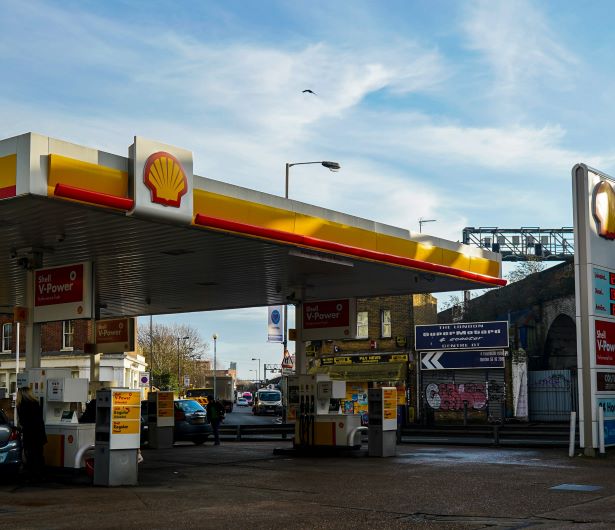
What Happens If You Fill Up Witht The Wrong Fuel?
Your car. Your pride and joy. You keep your baby clean. You service it when you have to. It was and still is expensive, but it is worth it. At home, it sleeps in the garage. At the mall, you park it out of the way, where some careless so-and-so cannot ding it.
Yet you stop at the filling station and tell the attendant to fill her up with 95 unleaded or diesel. You don’t even look at the pump, because you are checking your phone. And 99.99% of the time the attendant puts in what you ask.
But what if he puts in the wrong octane? Or diesel instead of petrol or the other way round?
In the Highveld you get 93 and 95 octane petrol, the lower number for less powerful engines and the higher for more powerful. Somewhere near Colesberg on the N1 and Tugela on the N3 you only get 95 octane.
What happens if you put in 93 at Bloem and 95 at Colesburg? Nothing much. But stick to the recommended octane level. Putting in higher than recommended octane will not harm your car, nor will it give you a turbo-like boost. A lower octane can damage the engine, but most likely over time.
So stick to the manufacturer’s spec.
The big boo-boo is if you add petrol to your diesel tank. Less so if your petrol is contaminated by diesel.
The damage would depend on the level of contamination, but typically a bit of diesel in your petrol will not cause permanent damage to major components. You will need to drain and flush the whole system and replace the fuel filter. In extreme cases, you will have to drain and replace the oil and the oil filter and you may have to replace the oxygen sensors.
If you get petrol in your diesel engine, the same scenario as above may apply, plus you may have to service or replace the fuel pump and fuel injectors. Heavy contamination will damage the pistons and your engine will need to be rebuilt.
Signs of contamination
In extreme cases, your car will not start. Diesel in a petrol engine will result in dark smoke and sluggish performance, an inability to rev. In a diesel, the engine clatter will be noisier than normal and your wallet will feel lighter.
If you realize you have put the wrong fuel in your car, do not start it. Do not drive it to your mechanic to fix. By the time you get there, the damage will be done. Push it to the side have the fuel drained.
The best thing is to look at the pump for a moment to make sure the attendant has chosen the right pump handle. They have are marked metal-free or diesel and it is quick and easy to check. Some older pumps will have a third red handle, but that should not work, it was used for lead-replacement petrol and that was phased out a couple of years ago.
If you did put in the wrong stuff and your camshaft came out of your exhaust, you should maybe call it a day and look for a new baby to love and cherish and fill up with the right fuel by browsing here.

